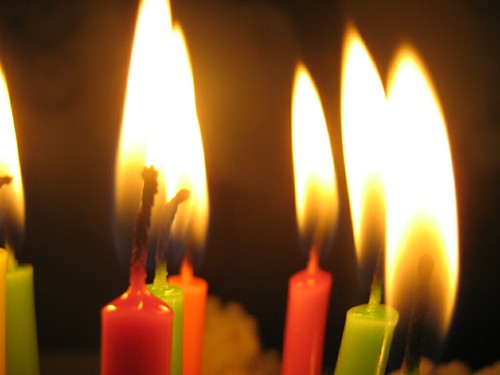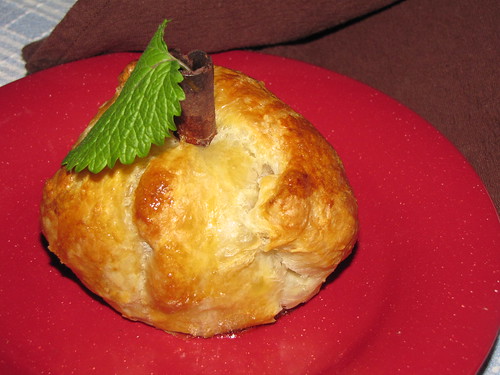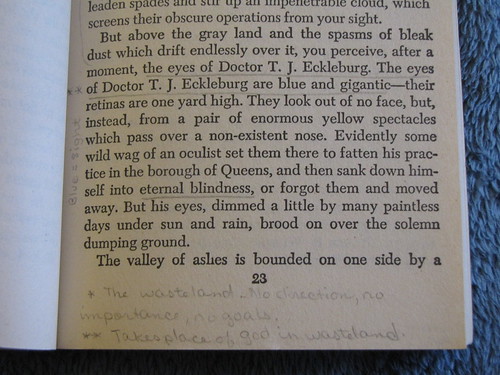A. Pengertian laporan
Laporan ialah karya tulis ilmiah yang dibuat oleh seseorang atau sekelompok orang yangberhubungan secara structural atau kedinasan setelah melaksanakan tugas yang diberikan.Laporan tersebut sebagai bukti pertanggung jawaban bawahan/petugas tim/panitia kepadaatasannya atas pelaksanaan tugas yang diberikan.
B. Manfaat Laporan
Manfaat Laporan bagi perusahaan:
- merupakan perwujudan dari responsibility pelapor terhadap tugas yang di limpahkan.
- sebagai alat untuk memperlancar kerjasama dan koordinasi maupun komunikasi yang saling mempengaruhi antara perseorangan dalam organisasi.
- sebagai alat untuk membuat budgeting ( anggaran ), pelaksanaan, pengawasan, pengendalian maupun pengambilan keputusan.
- sebagai alat untuk menukar informasi yang saling dibutuhkan dalam pekerjaan.
C. Cara Membuat Laporan
* Membuat Laporan Kegiatan :
Pengertian Laporan Kegiatan
Laporan kegiatan adalah suatu ikhtisar tentang hal ikhwal pelaksana suatu kegiatan, yang harus disampaikan oleh pembina kepada pihak yang memberi tugas sebagai pertanggungjawaban.
Pentingnya Laporan Kegiatan
Laporan kegiatan merupakan alat yang penting untuk :
a. Dasar penentuan kebijakan dan pengarahan pimpinan.
b. Bahan penyusunan rencana kegiatan berikutnya.
c. Mengetahui perkembangan dan proses peningkatan kegiatan.
d. Data sejarah perkembangan satuan yang bersangkutan dan lain-lain.
Macam Laporan Kegiatan
a. Ditinjau dari cara penyampaian, terdapat :
1) Laporan lisan, disampaikan secara lesan, biasanya dilakukan hal-hal yang perlu segera disampaikan laporan lisan dapat dengan tatap muka, lewat telepon , wawancara dan sebagainya.
2) Laporan tertulis, disampaikan secara lengkap dalam bentuk tulisan.
b. Ditinjau dari bahasa yang digunakan, terdapat :
1) Laporan yang ditulis secara populer, yang menggunakan kata-kata sederhana, kadang-kadang diselingi dengan kalimat humor / lucu.
2) Laporan yang ditulis secara ilmiah, sebagai hasil peneliti. Biasanya isinya singkat tetapi padat dan sistimatis serta logis.
c. Ditinjau dari isinya, dapat dibedakan :
1) Laporan kegiatan, misalnya pelaksanaan perkemahan, pelaksanaan ujian SKU, SKK, Pramuka Garuda.
2) Laporan perjalanan, misalnya laporan wisata, pengembaraan, penjelejahan dan sebagainya.
3) Laporan keuangan, menyangkut masalah penerimaan dan penggunaan uang.
Sistimatika Laporan
Hendaknya laporan lengkap, dapat menjawab semua pertanyaan mengenai : apa ( what ), mengapa ( why ), siapa ( Who ), dimana ( where ), kapan ( when ), bagaimana ( how ).
Urutan isi laporan sebaiknya diatur, sehingga penerima laporan dapat mudah memahami. Urutan isi laporan antara lain sebagai berikut :
1. Pendahuluan
Pada pendahuluan disebutkan tentang :
a. Latar belakang kegiatan.
b. Dasar hukum kegiatan.
c. Apa maksud dan tujuan kegiatan.
d. Ruang lingkup isi laporan.
2. Isi Laporan
Pada bagian ini dimuat segala sesuatu yang ingin dilaporkan antara lain :
a. Jenis kegiatan.
b. Tempat dan waktu kegiatan.
c. Petugas kegiatan.
d. Persiapan dan rencana kegiatan.
e. Peserta kegiatan.
f. Pelaksanaan kegiatan (menurut bidangnya, urutan waktu pelaksanaan, urutan fakta / datanya).
g. Kesulitan dan hambatan.
h. Hasil kegiatan.
i. Kesimpulan dan saran penyempurnaan kegiatan yang akan datang.
3. Penutup
Pada kegiatan ini ditulis ucapan terima kasih kepada yang telah membantu penyelenggaraan kegiatan itu, dan permintaan maaf bila ada kekurangan-kekurangan. Juga dengan maksud apa laporan itu dibuat.
Hal-hal yang perlu diperhatikan
Laporan diusahakan agar :
a. Singkat dan padat.
b. Runtut atau sistimatis.
c. Mudah dipahami isinya.
d. Isinya lengkap.
e. Menarik penyajiannya.
f. Berpegangan pada fakta, data dan persoalannya.
g. Tepat pada waktunya.
Lain – lain.
a. Dalam laporan dapat dilampirkan : photo-photo kegiatan, tanda bukti, surat-surat keterangan dan sebagainya ( copy )
b. Untuk mempermudah penyusunan laporan sebaiknya tetap mengacu pada proposal yang pernah diajukan.
c. Memberikan Laporan kegiatan dengan tembusan kepada satuan/ lembaga yang terkait. ( Mabi, Kwartir, Sponsor dll .
D. Jenis-jenis laporan
A. Laporan Program Kerja
B. Laporan Ilmiah
C. Laporan pertanggung jawaban
E. Sistematika laporan ilmiah
Laporan ilmiah dapat berbentuk naskah atau buku karena berisi hal-hal yang terperinci berkaitandengan data-data yang akurat dan lengkap.
Laporan ilmiah atau laporan formal terdiri atas:
1.bagian awal, terdiri atas :
a.halaman judul:judul, maksud, tujuan penulisan, identitas penuli, intansi asal, kota penyusunan,dan tahu n.
b. halaman pengesahan (jika perlu)
c. halaman motto/semboyan(jika perlu)
d. halaman persembahan (jika perlu)
e. prakataf
f.daftar isig
g.daftar tableh
h. daftar grafiki
i. daftar gambar j
j.abstrak: uraian singkat tentang isi laporan
2. bagian isi
a.bab I pendahuluan berisi tentang:
(1) latar belakang
(2)identitas masalah
(3) pembatasan masalah
(4)rumusan masalah
(5) tujuan dan manfaat
b. bab II: kajian pustaka
c. Bab III:metode
d. bab IV:pembahasan
e. bab V: penutup
3. bagian akhir
a. daftar pustaka
b.daftar lampiran
c. indeks : daftar istilah
Sumber :
http://www.scribd.com/doc/51789868/Pengertian-laporan
google.com

















